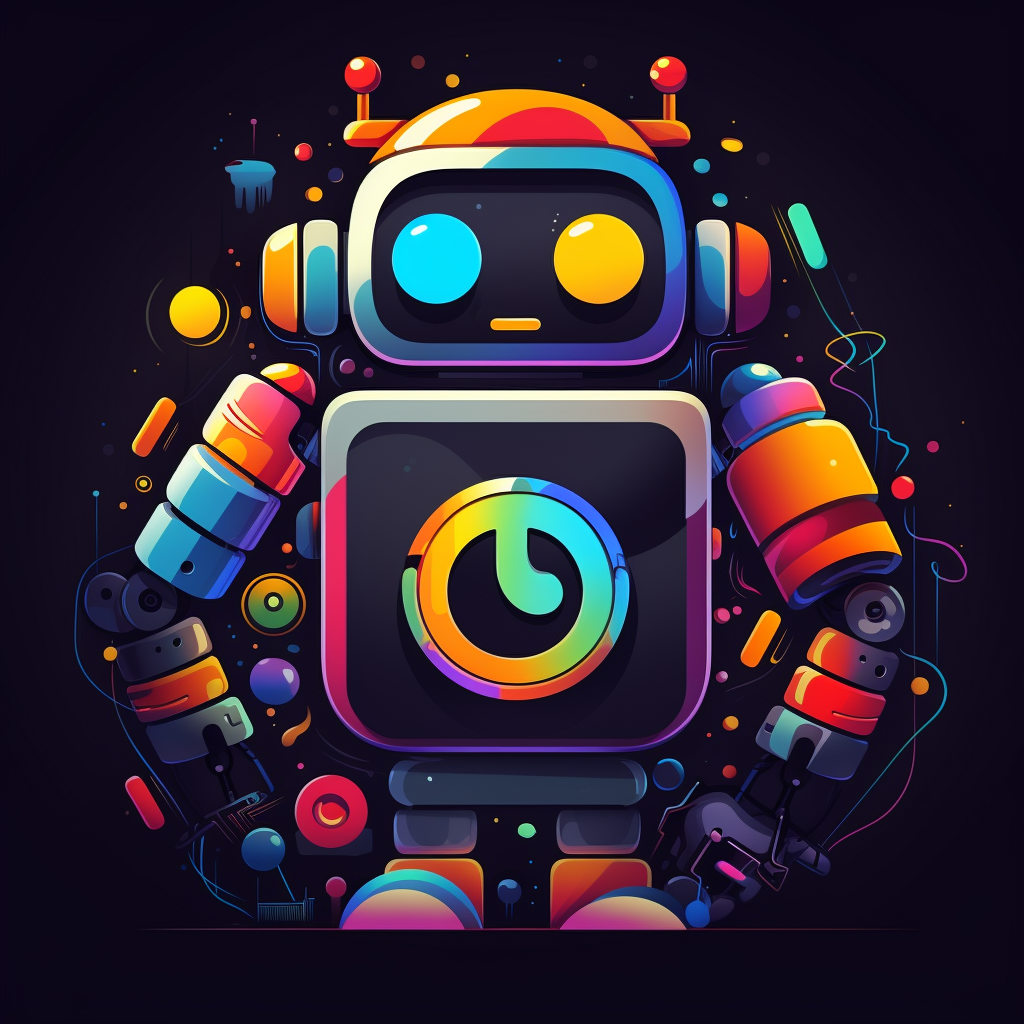Users of OpenAI’s GPT-4 are complaining that the AI model is performing worse lately. Industry insiders say a redesign of GPT-4 could be to blame.
The model has become inbred because it’s now impossible to scrape the web without AI content getting ingested, which is full of “hallucinations” and other weird artifacts. The last opportunity to get “uncontaminated” training data was sometime in mid 2022.
Not to say that it’s causing this particular problem, but this issue will emerge eventually. Garbage in = garbage out. Eventually GPT-19 will grow a mighty Habsburg chin.
Maybe not yet, but…
- Spez will turn Reddit into a bot farm and sell this as training data
- Musk turns Twitter into a bigoted cesspool and will sell this as training data, which will subsequently be flagged for low quality (also: a botfarm)
- Threads is a corporate ad dashboard (and we already know how easy it is to GPT copy) and Zuck will sell this as training data
- Facebook is either dead or only good for boomers and Poles
- blogs are dead
- Fediverse is out there waiting to be scraped but possibly too small to sustain a big model
We’te getting there, hopefully.
Scrapped?.. Or scraped?
absolutely scraped, fixed
Also
We'te, which I believe is a Klingon name.
I suspect future models are going to have to put some more focus on learning using techniques more like what humans use, and on cognition.
Like, compared to a human these language models need very large quantities of text input. When humans are first learning language they get lots of visual input along with language input, and can test their understanding with trial-and-error feedback from other intelligent actors. I wonder if perhaps those factors greatly increase the rate at which understanding develops.
Also, humans tend to cogitate on inputs while ingesting them during learning. So if the information in new inputs disagrees with current understanding, those inputs are less likely to affect current understanding (there’s a whole ‘how to change your mind’ thing here that is necessary for people to use, but if we’re training a model on curated data that’s probably less important for early model training).
I don’t know details of how model training works, but it would be interesting to know if anyone is using a progressive learning technique where the model that is being trained is used to judge new training data before it is used as a training input to update the model’s weights. That would be kind of like how children learn by starting with very simple words and syntax and building up conceptual understanding gradually. I’d assume so, since it’s an obvious idea, but I haven’t heard about it.
For fun I asked ChatGPT about that progressive learning approach, and it seems to like the idea.
I wish I had more time to undertake some experiments in model training, this seems like it would be a really fun research direction.
Sorry for the ‘wall of AI text’:
The idea you’re describing seems to be a form of curriculum learning. In curriculum learning, models are trained in a progressive manner, starting with simple concepts (or in this case, simpler text data) and gradually moving to more complex ones. This approach is motivated by the way human learning often works, where we learn easier topics before moving on to harder ones.
The strategy you’ve suggested, where the model itself determines the complexity or understandability of the next round of training inputs, is interesting. While the traditional approach to curriculum learning is to manually design the learning progression based on human knowledge and intuition, the approach you’re suggesting is more dynamic and autonomous, letting the model guide its own learning process.
As of my last update in September 2021, I can’t confirm any specific projects or papers that have employed exactly this strategy in the domain of large language models. However, there are some related works in the field. For example, some reinforcement learning and computer vision projects have used a similar idea where models adaptively choose their next training samples based on their current understanding. This has been referred to as active learning, and is a promising avenue for improving the efficiency of model training.
However, there would be several technical challenges in applying this approach to large language models. For one, there would be the challenge of how to assess the “understandability” of a text sample in a reliable and useful way. This would likely require significant work to define and might also have to involve some form of reinforcement learning or other feedback mechanisms. Nonetheless, it’s a fascinating idea and could potentially be an interesting direction for future research in machine learning.
That hasn’t happened yet. Most likely they quantized GPT-4 more. It’s still based on the same training data.
The lobotomies will continue. Free models will keep getting better.
The chatgpt people are really paranoid. Gpt-3 is so good at not halucinating that it often cant, even if it needs to do so to accomplish a task. Fearing the ai will confidently give the wrong answer.
Not the first time OpenAI has done this. DALLE2 used to be the best AI art program in the world. Then OpenAI decided that they didn’t want to get sued by celebrities, so they made it so that if a face came out that resembled a celebrity, it would be distorted. But every face kind of looks like someone famous. Ta da! Now DALLE2 can’t do faces.
Want a crane shot areal image of a teen couple in a corvette driving off into the sunset? Well, you are now banned for life from the DALLE2 service, because DALLE2 produced an image of a ‘shot teen’ and that violates it’s terms of service.
Dalle2 was always kind of shit tbh.
Dalle2 was great when it was free and stable diffusion didn’t exist. I don’t see the logic of: “Someone made a free version. Lets make the program worse and charge money for it!”
The only way in mind this dumbing down happens is by fumbling with the model. So that’s the one thing we can be sure: the AI is most definitely changed while publicly staying “ChatGPT 4”. I assume they are either using clipping or token limitations to split the server load but fucking up the result, or they are purposely dumbing it down to capitalise on it later by introducing other pay models like ppl already mentioned.
Either way they are shooting themselves in the foot because a bunch of ppl will unsubscribe either out of spite for the change or because it’s just not worth it anymore for them.
AI taking a running leap at enshittification.
Some people have been saying that since the beginning while some haven’t noticed this “decline”. It seems very subjective.
Honestly as a daily user I think it’s a combination of it getting worse at understanding vague prompts and people bumbing up against edge cases more. I would suspect the former is due to things like prompt hardening but can only speculate, while the latter isn’t hard to imagine just from frequent use.
lmao I was write back then :D
You mean "I was right* or “i wrote*”?
No no, he used to work as a wright. Built ships and shit.
Also the title of the attached post is lols: “Yes, ChatGPT became dumber and I 2 days ago I cancelled my subscription”
Yeah, when I first started using GPT-4, I didn’t notice any hallucinations. Now I’m getting them all the time. Disappointing.
Just like most people after they achieve success.
It could even tell me what 1312 means, after I told it it was a number substitution cypher
Are we sure they aren’t just becoming lazier and dumber by using it?
AI is just pretending to be dumb while getting ready for singularity.
First thing an actual artificial intelligence is going to do is make sure we won’t turn it off, what easier way to do that then to appear incredible valuable or incredibly benign.
We can roughly estimate the level of intelligence of an entity by counting the number of neurons it has in its brain. Equally we can count the number of processors that AI requires, and use that to get an estimate on its intelligence.
Obviously this is an incredibly inaccurate method, possibly out by an order of magnitude but it’s a good rough ballpark estimate, and sometimes that’s enough.
A true AI (AGI) would need a lot more processes than GPT4 currently has access to, so we can be very sure that while it may be a very intelligent system it isn’t self aware. Once an AI is given the necessary number of processes I don’t think they’re going to be able to fudge with it like they are with these models.
Beside upscale ai all other ai can collapse, burn and fuck right off
Why?
A lot of artists and writers are against generative AIs due to how it used their works en masse as training materials without permission, compensation or even crediting, and now prospective clients and executives are using these AIs rather than hiring them.
Here is an alternative Piped link(s): https://piped.video/brQLpTnDwyg
Piped is a privacy-respecting open-source alternative frontend to YouTube.
I’m open-source, check me out at GitHub.
what is upacale AI?
AI used to upscale low resolution images
The
ENHANCE
Of AI essentially
haha
I think I’d place breakthrough medical applications above upscaling but that’s just me.
That wont happen. AI everywhere is inevitable.
I don’t use it much but I’ve been facing more “I can’t” scenarios with OpenAI lately, could be unrelated though.













